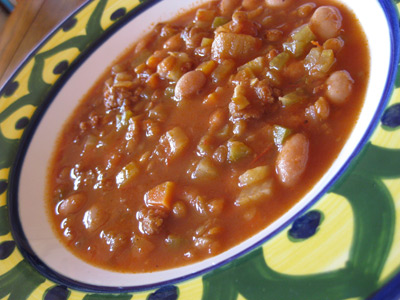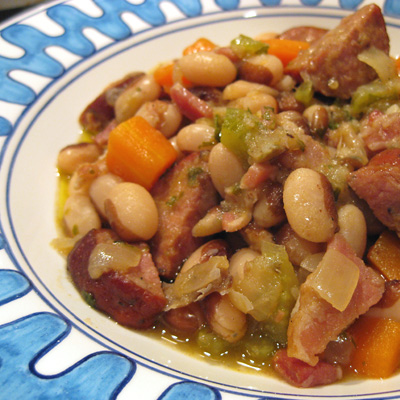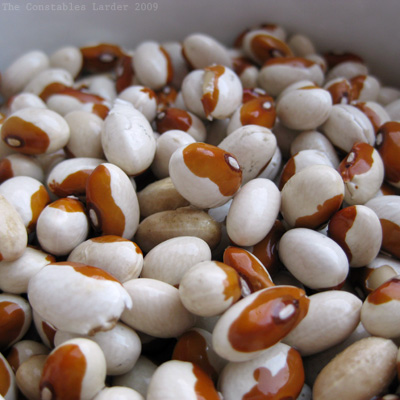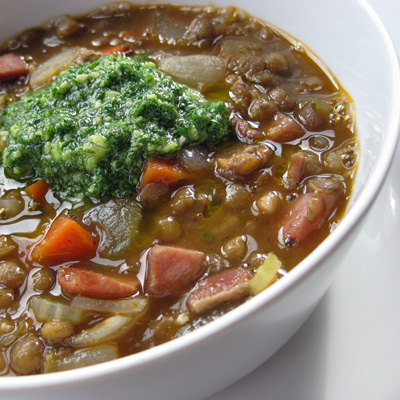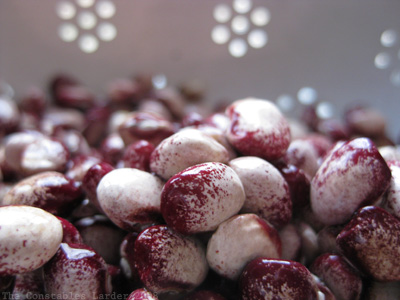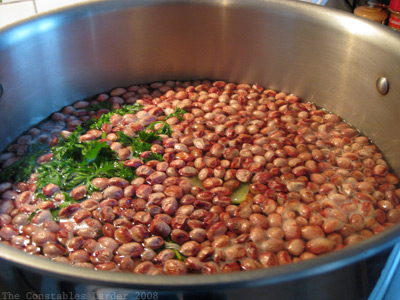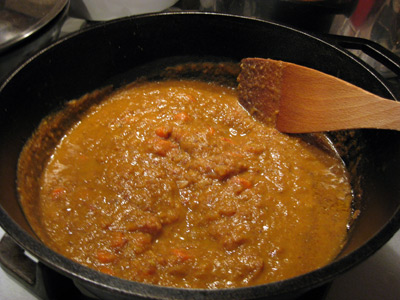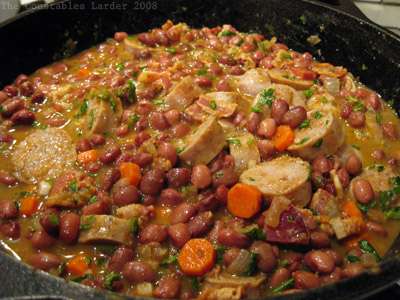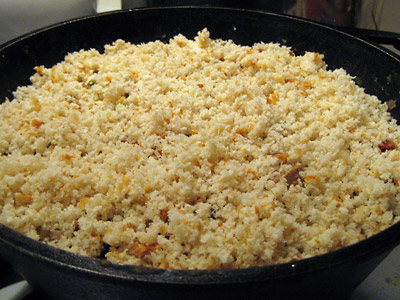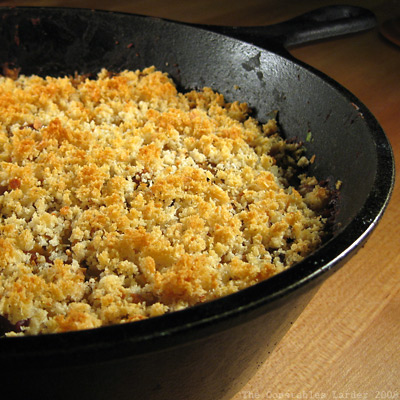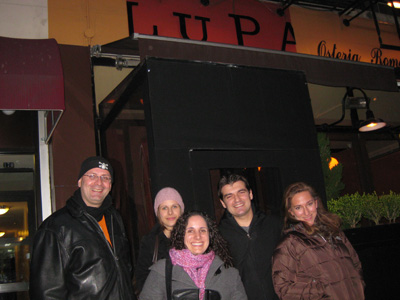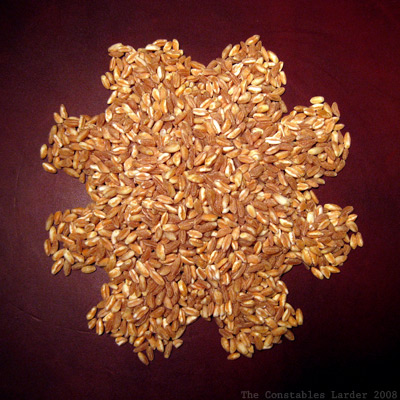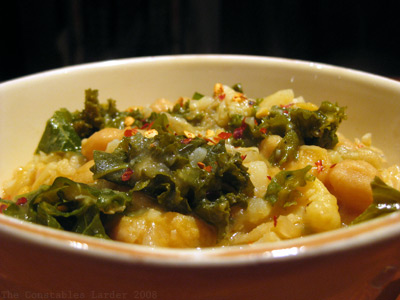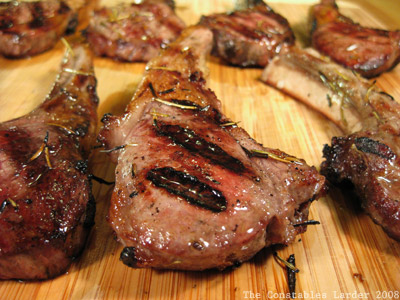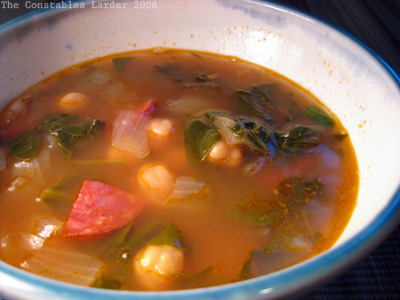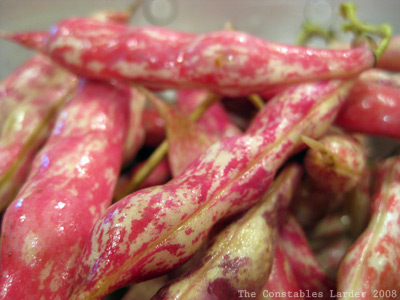Emerging from winter always brings an interesting feeling of renewal. Just the other day, I was sadly mired in longing for real produce. Tomatoes so fresh they are a meal unto themselves. Opening the door to pick a handful of basil and thyme. The flood of zucchinis and Japanese eggplant.
There is still quite a wait to reach those days, but at least yesterday we had deliciously warm weather. In an amusing dichotomy, the kids down the street had a snowball fight in short sleeves and shorts. As for me, I enjoyed an almost French stroll with my dog, walking into town and returning home with supplies from the butcher and the wine shop. If I was not baking my own bread these days, a baguette would have completed the picture. And some cheese. Really good cheese. And why do the carrots you find in French outdoor markets make our carrots look so pathetic? I digress. French markets do that.
I was pleased to see that our butcher had made some fresh lamb merguez sausages, and that became our dinner. I threw together a country stew that was quick to make and complemented the full-bodied Spanish red I had picked up. This kind of meal is cozy and handy when time is short. You want to make sure you like the sausages, since they provide much of the flavor heavy-lifting in the stew.
Lamb Merguez and Lentil Stew
Serves 2
4 lamb merguez sausages, skins removed and chopped
1 onion, diced
14 oz whole, skinless tomatoes, chopped (with liquid)
1/2 cup green lentils
1/2 cup dry white wine
1/2 cup water
10 oz spinach, washed and chopped
salt
2 eggs (optional)
In a deep saute pan, heat up a splash of olive oil and brown the sausage meat, then remove to the side. Place a tablespoon of the oil back in the pan, and discard the rest.
Saute the onions until translucent, then add in the tomatoes and cook for a couple of minutes. Add in the lentils, wine, water and sausage meat and simmer for 20 minutes.
Stir in the spinach and continue to let simmer for 15 more minutes, or until the lentils are soft. If the stew starts looking too dry, add a little more water (you want it to finish moist but not soupy). Salt to taste — this will depend on the strength of the sausages.
I served this with the wine and some thickly sliced bread, but if we had not been out of eggs, I would finished the stew off with two eggs baked on top (with a little ground pepper and a pinch of paprika on top, and the pot covered and on low heat). Apparently this is trendy now, but I ignore such things. I just think it would have tasted great. To see what I am talking about, check out We Are Never Full’s Eggs Cooked in Ragu.
